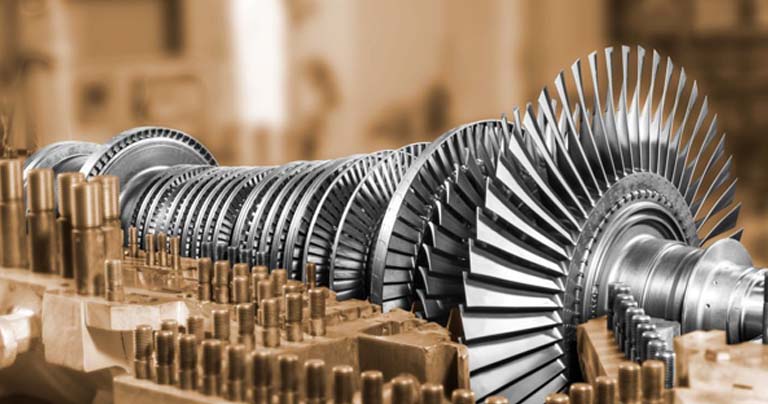Thermal renewable is emerging as an alternate fuel
By EPR Magazine Editorial December 15, 2021 12:20 pm IST
By EPR Magazine Editorial December 15, 2021 12:20 pm IST

The installed captive power generation capacity in India is estimated to grow at the rate of 5-6 percent annually over the next 2 years, till 2023.
As we pace ahead for the next decade of burgeoning manufacturing and industrial growth, we need to create self-sufficient ecosystems away from the existing hubs, leading to a decentralised growth.
With the advent of new technologies in power generation, it is imperative lo leverage them to contribute to the economic development with a sustainable approach. We are witnessing the adoption of captive power generation by companies engaged in activities beyond manufacturing; such as IT and food processing industries. This is a testament to the potential of decentralised power generation as well as its ability to help the country to meet its carbon emission targets.
Triveni Turbines is one of the largest manufacturers of industrial steam turbines in sub 30 MW range globally. The Company design and manufacture steam turbines of up to 100 MW, and delivers robust, reliable and efficient end-to-end solutions. With installation in more than 70 countries across the globe, the company offers steam turbine solutions for industrial captive power requirement of the customers in India and abroad. In India, the need for continuous and uninterrupted quality power supply for sustainable industrial operations, backed by improvement in coal supply will enhance the captive power additions. According to ministry of power, the installed captive power generation capacity (above 1 MW capacity) associated with industry-owned plants is 80,000 MW as of March 2021. The installed captive power generation capacity in India is estimated to grow at the rate of 5-6 percent annually over the next 2 years, till 2023.
Globally, there is an increasing focus on the replacement of existing coal-fired power plants with clean fuel-fired power plants in order to reduce carbon footprint. Renewable energy industry comprise of non-thermal (such as solar photovoltaic and wind) and thermal. This article discusses how Triveni Turbines offer solutions for emerging fuels, such as thermal renewables.
The captive power generation comprises of fossil fuel (e.g. Coal-fired, Gas-fired) and non-fossil fuel (e.g. Biomass, Waste Heat, Solar Thermal and Geothermal) also termed as thermal renewables.Biomass (Bagasse and non-Bagasse) as fuel helps the CHP system generate power that is sustainable. Industrial use of Bagasse-based co-generation, particularly from sugar and palm oil mills, as well as wood waste from Pulp & Paper mills, is conducive to the production of power from biomass.
The Waste Heat that is recovered from other industrial sources/ processes is commonly found to generate steam and produce electricity in Cement processing, Iron and Steel processing, Petroleum Refining and Chemical processing etc.
Triveni Turbines one of the global leaders in the sub-30 MW steam turbine market space; and have been able to sustain our leadership position through continuous technology up gradation undertaken through our dedicated R&D programs. Our in-house R&D expertise along with support from reputed national and international technical institutes, domain knowledge experts as well as the consultants from India and abroad leading to well-engineered product solutions for our global customers.
We have also carried out experimental validation or turbine steam path, such as cascade testing of aerofoil and in-house load testing of upgraded blade-path. We carry-out technology enhancement through continuous multi generational product programs. These have enabled the company to offer its clients with robust product along with customized higher efficiency with lower carbon-footprint and lower CAPEX and OPEX costs resulting in higher customer revenue. The products thus developed to enable faster start up cycles to increase uptime.
As part of the continuous product upgrade, high efficiency compact series turbines are introduced which reduces carbon footprints, operational and maintenance cost of the steam turbo-generators (STG) set. In order to meet the market needs, sector specific requirements and product upgrades have been introduced in biomass and waste heat application.
We use cookies to personalize your experience. By continuing to visit this website you agree to our Terms & Conditions, Privacy Policy and Cookie Policy.